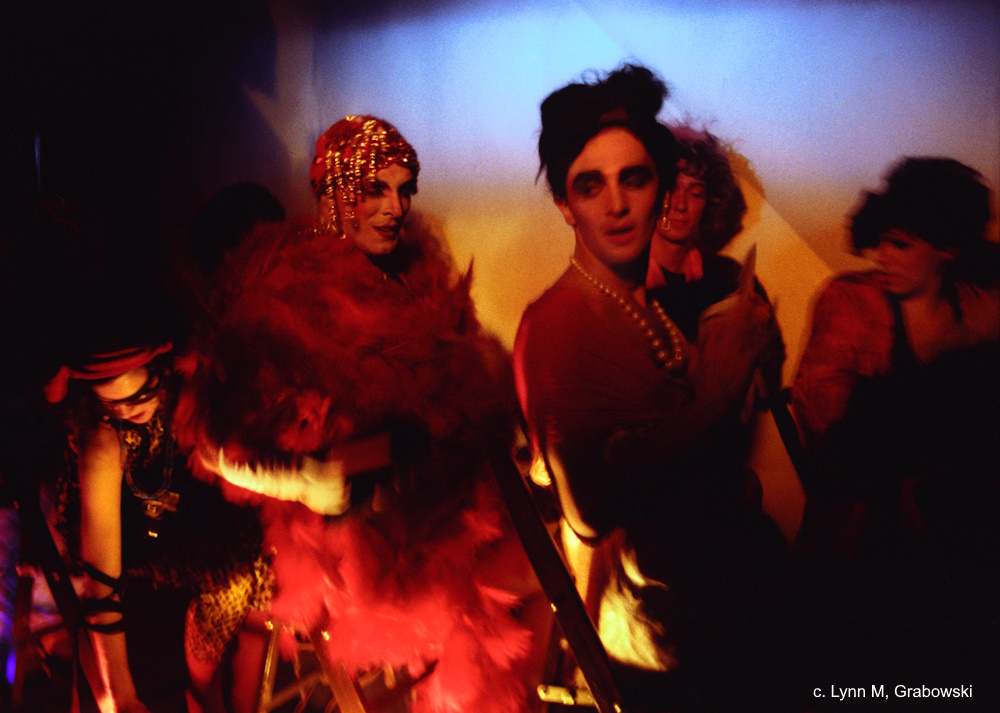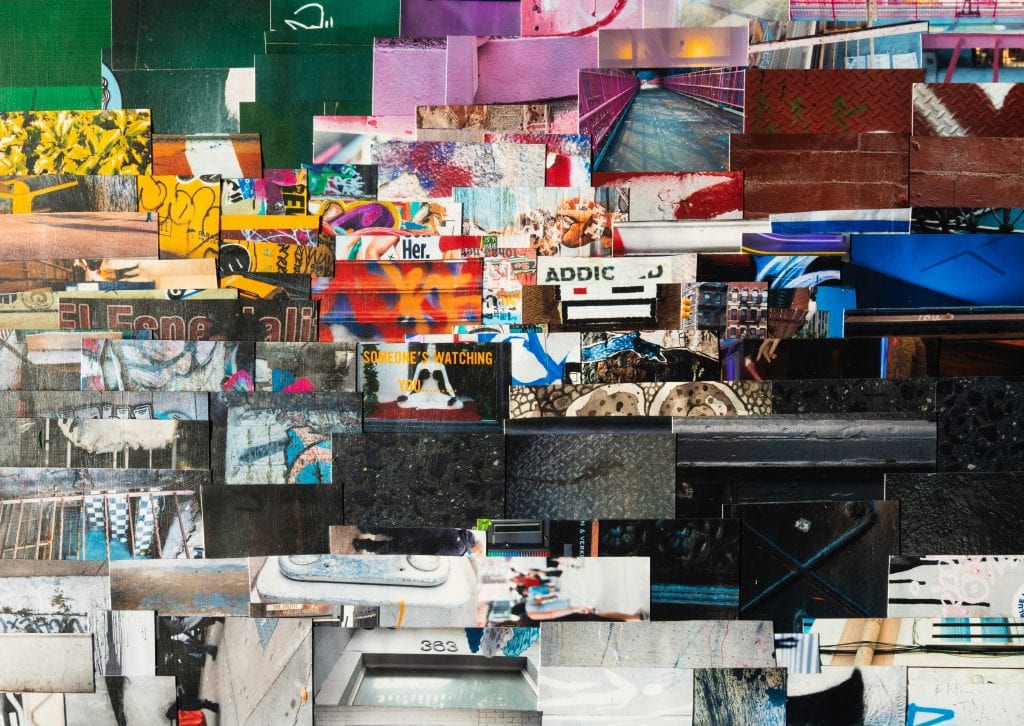
Butoh has become a global art form, which attracts students from all walks of life. Dancers, actors, adult beginners, visual artists, dance therapists, psychotherapists, environmental scientists come to take Butoh classes and workshops. Some students are interested in the theatrical aspect of Butoh, some in the healing and transformational potential it holds for them.
Butoh training endeavors to free the subconscious mind. Specific techniques help students unveil their natural expressiveness and strips away the socially acceptable movements and gestures. It encourages students to find and embrace hidden movements that lie buried beneath years of conditioned behavior and training. Hijikata, the founder of Butoh, often trained his dancers through the use of images. He would give the students surreal images and have them react to them, thus stimulating the body and the subconscious to respond.
Butoh is now a form performed globally by Japanese and non Japanese. We’ve included a short history of Butoh below – as well as a couple of our favorite videos. Enjoy!
Join Vangeline Theater at Howl Happening: An Arturo Vega Project for Queer Butoh on October 19, 2017, 6-9pm. Free to attend.
See you on October 19th! (And check out Queer Butoh’s recent feature in BroadwayWorld!)
Vangeline, Artistic Director
The VangelineTheater
Founder, New York Butoh Institute
Lecturer, Princeton University
History
Butoh is an avant-garde art form born in Japan in the 1950’s. Butoh developed at the height of the Counter Culture Movement and was influenced by surrealism, neo dada, French mime techniques, ballet, flamenco, Neue Tanz (German Expressionist dance) as well as French and European literature. Founded by Tatsumi Hijikata and Ohno Kazuo, Butoh split into two forms of dance, one choreographed, the other, improvised. Both founders of Butoh were looking for a uniquely Japanese art form as a reaction to the American military presence in Japan and its Westernization. Under Tatsumi Hijikata’s guidance, in the 1970’s, Butoh reached a “classical” stage influenced by a return to Japanese traditions and inspired by the rural North of Japan. Hijikata developed a strictly choreographed method, while Kazuo Ohno, who preferred improvisation, performed well into his 90’s all over the world and favored an expansive, spiritual approach to Butoh.
Butoh was born at a tumultous time in Japan’s history. Today, there are numerous butoh expressions, and the art form ranges from a minimalist expression, to the grotesque and theatrical.
The most well-known Butoh group today is Sankai Juku who is based in Paris. Although Butoh is commonly known for its controversial topics, the “choreographed method” devised by Tatsumi Hijikata represents a revolution in the world of dance. Butoh dancers are expected not only to learn movement in Butoh but work like method actors, infusing each movement with a complex script of sorts. Surrealist techniques are used to generate movements layered with emotions and sensations. Butoh represents a shift from the conscious to the subconscious, and each movement, even choreographed, comes from within and must be authentic.
In the 1970’s, Butoh’s encounter with the Western World (in France between 1976 and 1980) forever changed its course. Incensed by European critic, the second generation of Butoh settled in Europe and a new wave of Butoh developed. A third wave is presently under way, resulting in the cross- cultural exchange between Japanese practitioners and non-Japanese. Butoh is practiced today in Europe, North and South America, Australia and Asia. Butoh comes from “Ankoku Butoh” and means “Dance of Utter Darkness”. The founder of Butoh, Tatsumi Hijikata, wrote: “The utter darkness exists throughout the world, doesn’t it? To think is the dark”. With this statement, Hijikata pointed out that all human beings carry an unconscious side. Although it is tempting to stereotype Butoh, “Darkness” in Butoh refers to what is hidden from our awareness, our unconsciousness and does not have Judeo-Christian connotations.
Quotes
“I would love to offer you even something as tiny as a grain of sand. If only I could succeed in doing that, then I might fulfill my longing to share a part of my life with you. Isn’t it worth risking one’s life to offer something as microscopic as that tiny single grain of sand chosen from amidst countless millions? Take great care at all times. Even the most infinitesimal detail of the slightest gesture you make should be executed with loving care.
It’s never too late to start”
-Kazuo Ohno, from Kazuo Ohno’s World: From Without & Within
“Underground art turns into mere trendiness because of the people practicing it. They create a desert around them, then complain there is no water, Why don’t they try drinking from the well of their own bodies? Let them pluck the darkness from their own flesh.”
Tatsumi Hijikata – The words of Butoh- 1968
Videos
https://www.youtube.com/watch?time_continue=14&v=IgOrT5jnUyM



